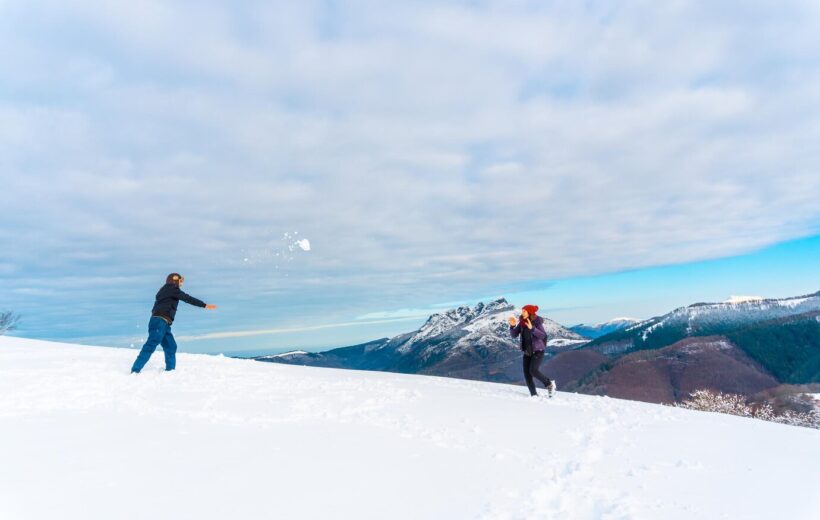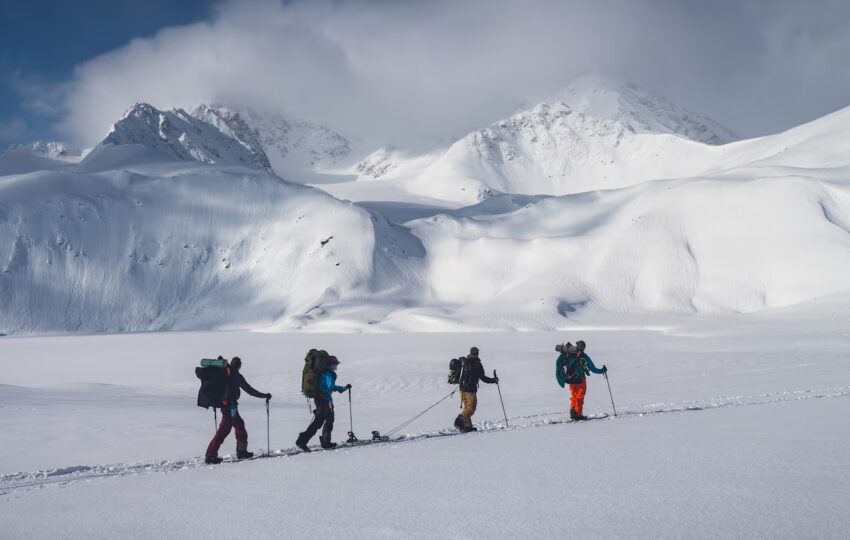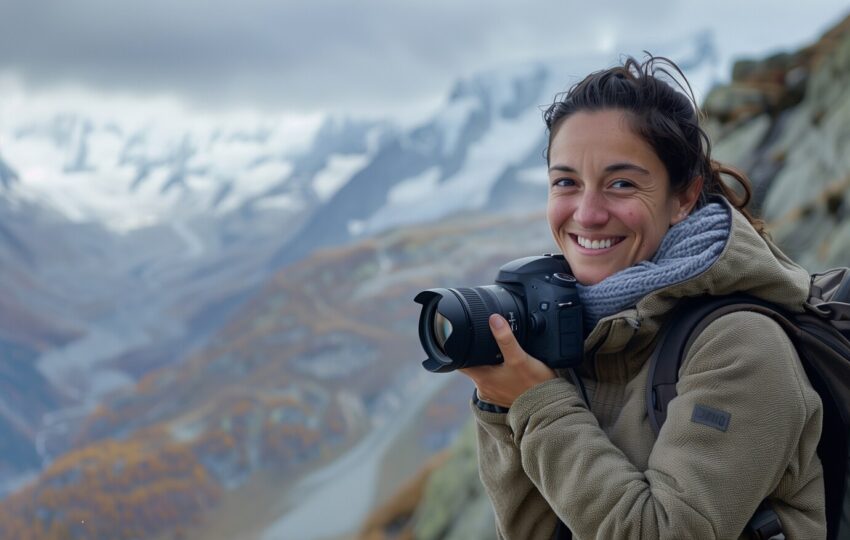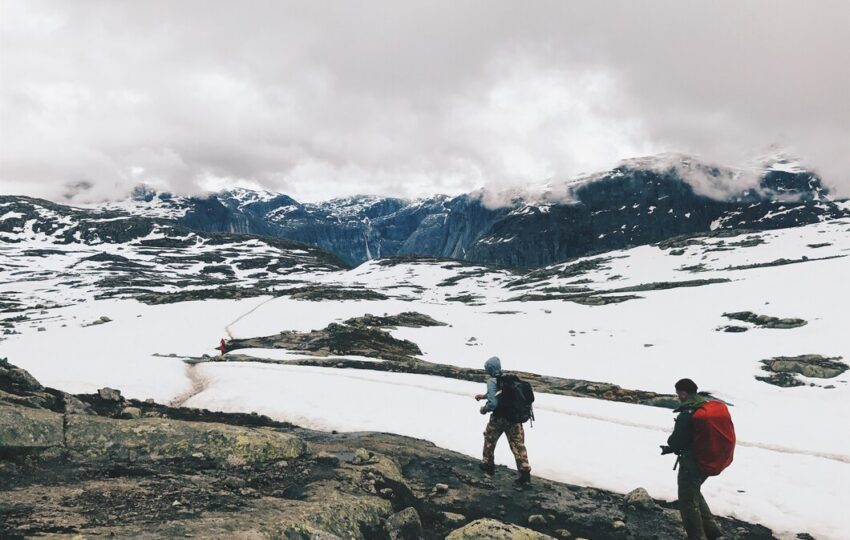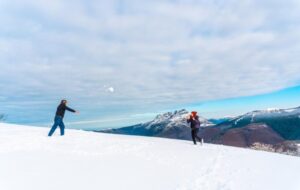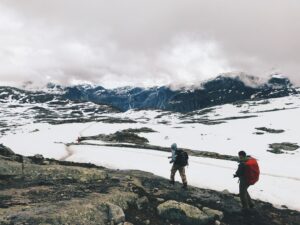Annapurna Base Camp trek is one of the most breathtaking journeys in the Himalayas, offering a perfect blend of adventure, natural beauty, and cultural discovery. Nestled in the heart of Nepal, this trek takes you through lush forests, charming mountain villages, and along winding trails that lead to the majestic Annapurna base camp at 4,130 meters. Known as the “sanctuary of the gods,” it provides trekkers with panoramic views of snow-capped peaks like Annapurna I, Machapuchare, and Hiunchuli. Whether you’re a first-time trekker or an experienced adventurer, the Annapurna trek promises an unforgettable experience filled with scenic landscapes and warm Himalayan hospitality.
Why Choose the Annapurna Base Camp Trek?
The Annapurna trek is one of the most popular Himalayan journeys because it combines natural beauty, cultural encounters, and moderate trekking challenges. Unlike other treks that may feel overwhelming, this one strikes a balance between adventure and accessibility, making it suitable for both beginners and seasoned trekkers.
Where is Annapurna Base Camp Located?
The Annapurna base camp lies in central Nepal, within the Annapurna Conservation Area. At an altitude of about 4,130 meters (13,549 ft), the base camp offers stunning 360-degree views of towering peaks like Annapurna I, Machapuchare (Fishtail), and Hiunchuli.
Best Time for the Annapurna Trek
Timing is everything.
Spring (March–May): Perfect for rhododendron blooms and clear skies.
Autumn (September–November): Best for stable weather and panoramic mountain views.
Winter (December–February): Quiet trails but colder and snow-covered paths.
Monsoon (June–August): Lush landscapes but heavy rain and leeches.
For most trekkers, spring and autumn are ideal.
Duration and Distance of the Trek
On average, the trek takes 7 to 12 days, depending on your route and pace. The distance is roughly 110–120 kilometers (68–75 miles) round trip. Think of it as a long walking adventure, like reading a book one chapter at a time—each day reveals a new landscape and story.
Annapurna Base Camp Trek Route Options
There isn’t just one way to reach the base camp. Popular routes include:
Short Route (via Nayapul): 7–8 days.
Extended Route (via Ghorepani and Poon Hill): 10–12 days, includes sunrise views from Poon Hill.
Each option has its charm, but all roads lead to the majestic Annapurna base camp.
Highlights of the Annapurna Base Camp
Panoramic Views: Snow-capped peaks surrounding the sanctuary.
Sunrise at Annapurna Base Camp: Watching golden light kiss the peaks.
Hot Springs at Jhinu Danda: Relax after long trekking days.
Cultural Villages: Experience Gurung and Magar hospitality.
Physical Fitness and Preparation
You don’t need to be a professional athlete, but some fitness helps. Regular walking, jogging, or stair climbing prepares your body for the trek. Think of it like training for a marathon of beauty—the fitter you are, the more you’ll enjoy every step.
What to Pack for the Annapurna Trek
Packing smart is key. Essentials include:
Clothing: Layered outfits, a warm jacket, thermal wear.
Gear: Trekking poles, backpack, sleeping bag.
Accessories: Sunglasses, sunscreen, water purifier, and first aid kit.
Travel light but don’t skip the essentials—comfort matters in the Himalayas.
Accommodation and Food During the Trek
You’ll stay in tea houses—simple lodges run by local families. Rooms are basic but cozy. Expect meals like dal bhat (lentil soup with rice), noodles, or momos. Don’t expect luxury; instead, think of it as an authentic Himalayan home-stay experience.
Cultural Experiences Along the Way
The trek is not just about mountains—it’s about people. Along the trail, you’ll meet the warm Gurung and Magar communities, learn about their traditions, and enjoy their hospitality. These cultural exchanges are like hidden gems of the Annapurna trek.
Challenges You May Face on the Trek
The trek is moderate, but challenges exist:
Altitude Sickness (above 3,000m).
Weather Changes (cold nights, sudden rain).
Physical Fatigue from daily walking.
Proper acclimatization, hydration, and pacing yourself make the journey smoother.
Safety Tips for Trekkers
Drink plenty of water.
Don’t rush—walk at your pace.
Always carry a map or guide.
Get travel insurance that covers trekking up to 5,000m.
Safety is like your trekking companion—never leave it behind.
Eco-Friendly Trekking Practices
The Annapurna region is fragile. To preserve its beauty:
Carry reusable bottles.
Avoid plastic waste.
Respect local culture and nature.
Think of yourself as a guest in nature’s home—leave it cleaner than you found it.
The Annapurna base camp trek is not just a journey through mountains—it’s a journey within. From mesmerizing landscapes to cultural richness, every step leaves you with a story. If the Himalayas are nature’s masterpiece, then walking the Annapurna trek is like stepping inside the painting.
